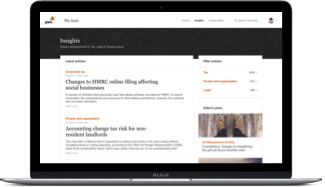Last year’s introduction of annual gender pay gap reporting forced every large employer in the UK to share its figures publicly for the first time for everyone to scrutinise and judge.
Many of the figures made for uncomfortable reading. They showed that, on average, women get paid significantly less than men. However, although the differential is largely a result of men being overrepresented in more senior roles and women being overrepresented in lower paid roles, it’s important not to jump to conclusions in every case.
As this year’s deadline passes, for year two of gender pay gap reporting for all UK-based companies employing at least 250 people, we should remember what purpose the figures serve and carefully assess year-on-year changes.
Reporting should provide a gauge of the landscape and incentivise efforts for progress. It should spell out how far we’ve come and what still needs to be done to move towards a fairer workplace that benefits everyone.
Most importantly, we should remember the raw figures might not always tell the full story and the most obvious explanation for a change may not always be the most accurate explanation.

